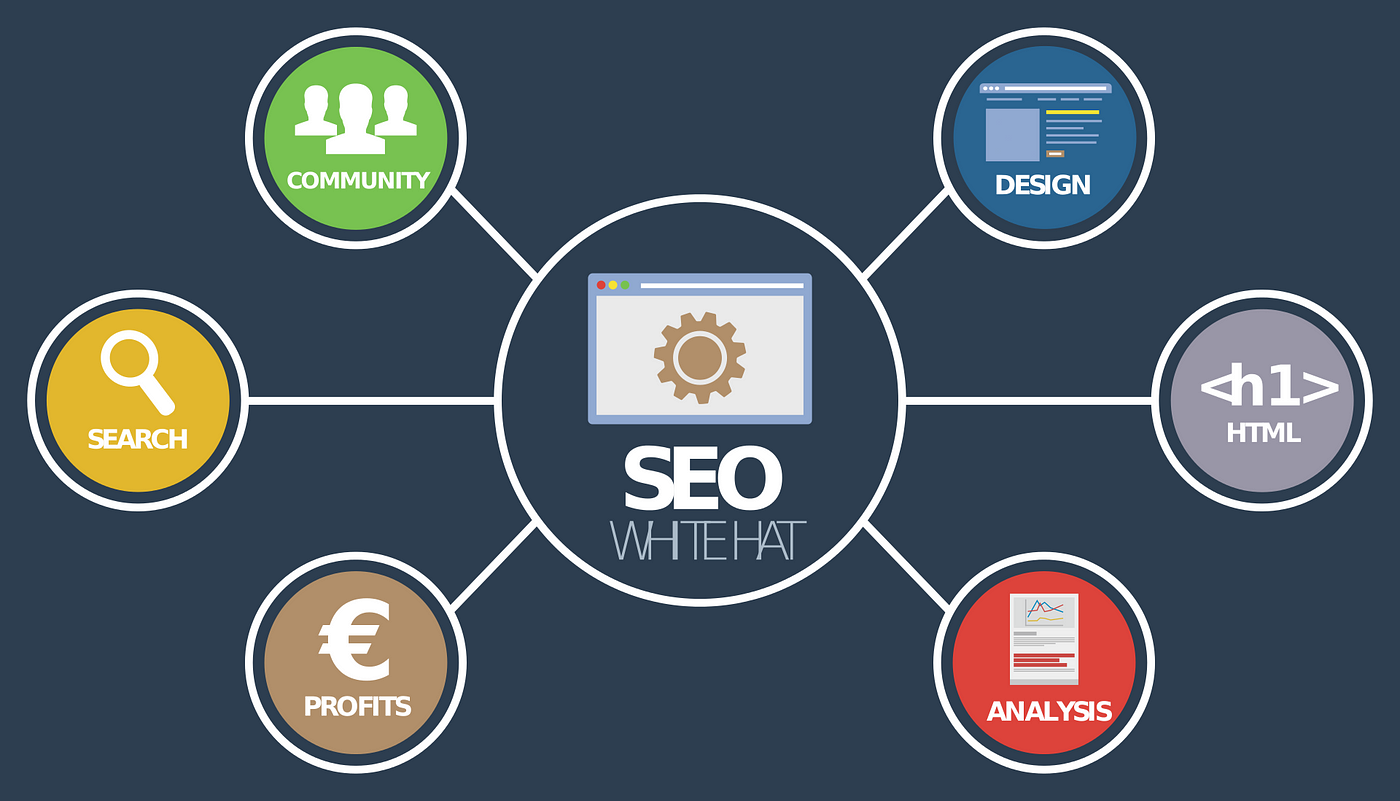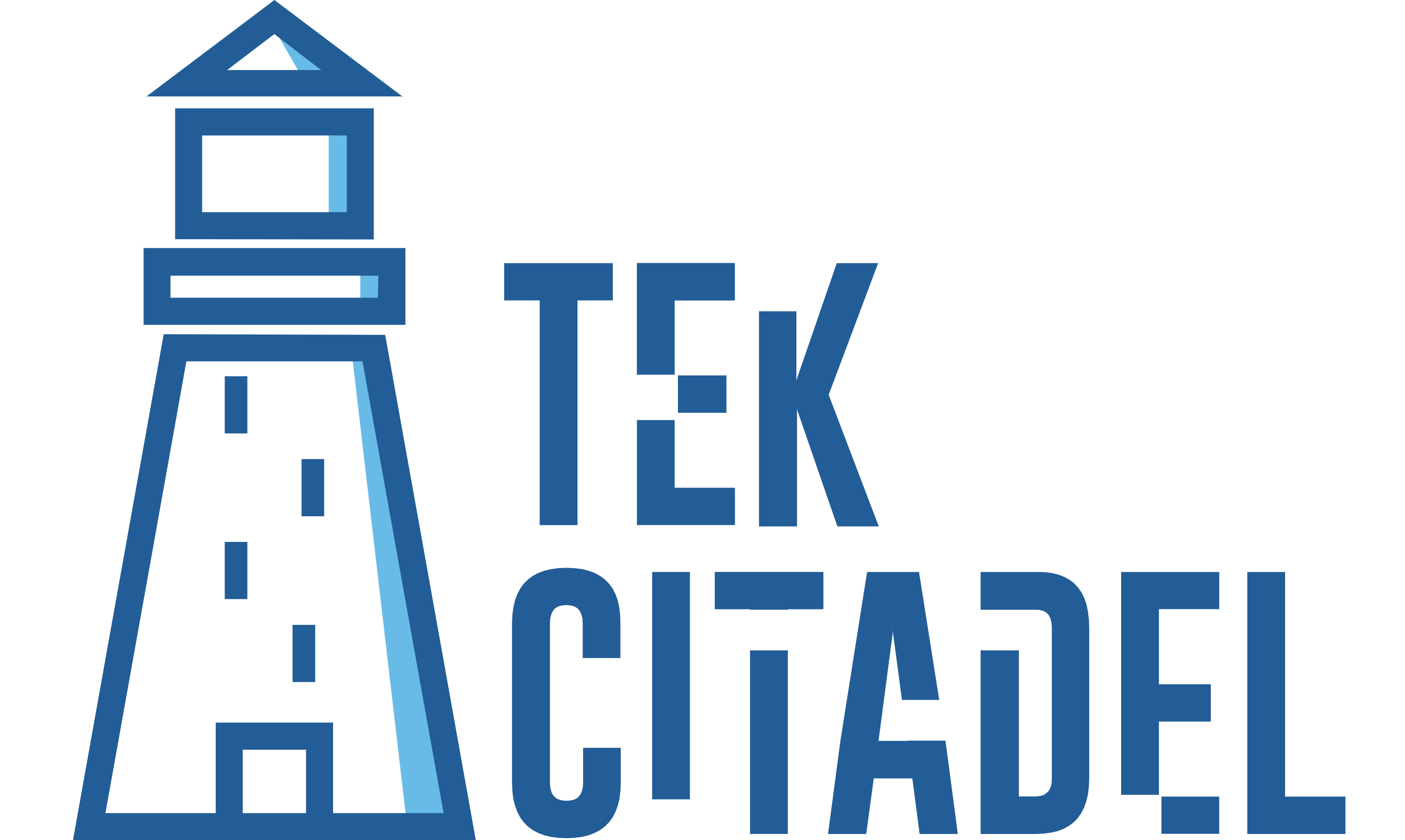Importance of SEO (Search Engine Optimization) for A Web Application

Importance of SEO (Search Engine Optimization) for A Web Application
The importance of Search Engine Optimization (SEO) for effective web applications cannot be overstated. It is a key element behind the success of any web app, as well as the ability of businesses and organizations to reach their target audiences in a timely manner.
SEO principles have been evolving since the inception of the Web, with changes in search engine algorithms driving the need for optimization tactics that are essential to being seen by potential customers.
By understanding SEO and staying ahead of trends, businesses and organizations can ensure that they remain competitive in their digital presence.
In this article, we will explore what SEO is, how it has evolved over time, and why it is so important to businesses and organizations today.
1- The Role of SEO In A Digital Marketing Strategy
The role of SEO in a digital marketing strategy is to increase the visibility of a web app and its content, allowing businesses to reach their target audience more effectively.
It does this through optimizing web apps for search engine algorithms, so that they appear higher in the search results and are easier to find.
SEO can also be used to improve user experience on the web app by making it easier to navigate and helping visitors find what they are looking for faster. In addition to helping create visibility, SEO also assists with other digital marketing channels such as social media.
Email marketing, etc., by providing an additional layer of optimization to make content more visible on those platforms as well.
For instance, having relevant keywords throughout content can help boost engagement on social media posts and help users discover your content faster in search engine results or when scrolling through their newsfeeds.
This helps businesses get more exposure for their brand and messages without having to spend a lot of money on advertising.
SEO isn’t just about optimizing your web app for search engine algorithms but also understanding how people use the internet and how they interact with brands online. It includes finding ways to optimize content for not only search engines but for human readers as well.
This means creating content that is useful, informative, and engaging enough that visitors will want to stay longer on your site and return again in the future.
This could include using compelling visuals like videos or infographics along with written content, as well as structuring information strategically so that it is easy to read and understand, while still offering valuable insights.
Overall, SEO plays an important role in any comprehensive digital marketing strategy because it helps drive organic traffic from search engines. Which can often convert into leads better than paid traffic sources. While also helping customers discover your brand or products via other digital channels like social media or email campaigns.
Implementing SEO effectively takes knowledge of current trends and techniques combined with research into customer behaviour. But when done right it can be one of the most cost-effective ways of driving long-term growth for businesses online.
2- Understanding Search Engine Algorithms
Search engine algorithms are the mathematical and logical equations that search engines use to decide which web apps should appear at the top of their search results, and in what order.
Search engines use a range of factors, including content quality, web app structure, the number of external links, the age of the domain, and more, to determine where a web app should rank.
Content quality is perhaps one of the most important factors for ranking high in Search Engine Results Pages (SERPs).
Content should be relevant to the topic it covers; it should be up-to-date and accurate; and it should also be well written and easy to comprehend.
Additionally, rich media such as videos and images can help make content more engaging, boosting its relevance and helping to drive more organic traffic.
Web app structure is equally important when it comes to SEO rankings. A good web app structure helps search engines understand how content is organized on a webpage and makes crawling easier for them.
This means ensuring that each page has an appropriate title tag, meta description tag and alt text for images.
It also involves having an XML sitemap that contains all major webpages on a web app so that they can be indexed by search engines quickly.
In addition to these two key factors, other elements also play an important role in determining SERP rankings.
These include things like having optimized URLs with targeted keywords in them; using proper heading tags.
Optimizing your site’s loading speed; creating backlinks from authoritative web apps; and ensuring proper keyword placement throughout your site’s content.
Finally, another factor that influences rankings is the age of a domain name — older domains usually have higher authority than newer ones.
Additionally, search engines may also consider user behaviour such as click-through rate (CTR). When deciding which web apps appear at the top of their SERPs –
If people keep clicking through to other pages within your web app after landing on your homepage then this signals trustworthiness to Google’s algorithm.
3- How SEO Impacts A Web Application
SEO is an important aspect of web application development and optimization. It helps boost visibility and user experience, increase web app traffic, and ultimately improve conversion rates.
The key to successful SEO implementation lies in creating a comprehensive strategy that’s built on research and content optimization.
By doing so, businesses can ensure their web applications are easily found by search engine users when they’re searching for relevant topics or services.
Researching keywords is essential because it allows businesses to target specific phrases or topics related to their services or products that people are searching for.
This helps increase the chances of being found more prominently within the SERPs (Search Engine Results Pages).
Additionally, keyword research also helps identify potential competitors and relevant industry trends that can be used to create content tailored towards these topics.
Once keywords have been identified, businesses must optimize their content accordingly.
This involves using the appropriate keywords strategically throughout the page wherever possible in order to help search engines understand what type of information is being presented to them.
This includes formatting titles, headings, meta descriptions, and alt tags in order to provide additional context about each page’s content and relevancy.
In addition to writing optimized copy for each page, businesses should consider adding internal links throughout their web apps.
This will help spread link equity across multiple pages and allow users navigate between related topics more easily.
Finally, SEO optimization also encompasses technical elements such as ensuring pages load quickly and correctly across all devices as well as making sure all links are functioning properly with no broken links or redirects.
Additionally, having an optimized sitemap can help search engines index your web app efficiently which will further improve visibility and rankings within the SERPs.
All these aspects must be taken into consideration when designing a web application because they have a major influence on how well it performs in terms of organic search results rankings and overall user experience.

4- Key Elements of SEO For A Web Application
> On-page optimization (e.g. title tags, meta descriptions, header tags, etc.)
On-page SEO optimization can be done to improve the visibility of pages in search engines and to ensure that content is properly indexed.
This includes using title tags, meta descriptions, header tags and other HTML elements to create a more user-friendly experience.
Title tags (or page titles) provide a concise summary of the page’s content and should be kept between 50–60 characters in length.
Meta descriptions are used to provide a brief overview of the page’s content that will show up as an excerpt in Search Engine Results pages (SERPs).
They should not exceed 150–160 characters in length. Header tags, also known as H1, H2, etc., help structure content and make it easier for search engine crawlers to crawl through pages.
When optimizing on-page SEO, it is important to use keywords throughout the content to increase relevance while still maintaining high readability.
Additionally, keeping internal links relevant and helpful is essential for providing users with more information about your web app’s offerings.
Finally, ensure that the page is fast loading since this can impact its ranking in SERPs.
All these factors combined will help boost a page’s visibility on search engine results pages, leading to more organic traffic for web apps.
> Off-page optimization (e.g. backlinks, social media, etc.)
Off-page SEO optimization is a form of optimization used to enhance the visibility of a web app and its pages in search engines.
It involves activities that go beyond optimizing on-page content, such as link building and engaging with social media.
Link building is one of the most important aspects of off-page SEO, as it builds credibility and trustworthiness for a website in the eyes of search engines.
Link building helps generate more traffic because when other websites link back to your page or website, it signals to search engines that your page or website contains valuable information or content.
The more links you have from reputable websites across the web, the higher your page or website will rank in Search Engine Results Pages (SERPs).
By obtaining high-quality backlinks from authoritative sites, you’ll be able to boost your rankings and improve organic traffic.
Social media plays an important role in off-page SEO because it allows you to reach out directly to potential customers.
If done right, using social media can help improve brand awareness, build relationships with customers, drive referral traffic and create backlinks that all contribute to SERP rankings.
For example, if a user shares your webpage on Twitter or Facebook and this post gets lots of engagement (likes, shares, and comments), other people may click on the link they shared which would lead them directly to your site. This creates referral traffic which will also help improve SERP rankings over time.
Additionally, by sharing content on social media platforms consistently and regularly you can build relationships with followers which can lead them to become loyal customers who eventually refer others toward your business or products. Overall by focusing on both link building and social media as part of an off-page SEO strategy.
You can drive more organic traffic toward your page or website resulting in greater visibility in SERPs over time. As well as improved brand awareness among potential customers.
> Technical SEO (e.g. website speed, mobile-friendliness, etc.)
Technical SEO is an important component of any website optimization strategy, as it involves making sure that your website meets current search engine standards and guidelines.
Website speed, mobile-friendliness, and good technical architecture are all necessary aspects to consider in order to be successful with SEO.
Website speed can significantly impact a user’s experience on your site, as well as determine how quickly search engines can crawl and index the content on your site. It’s important to understand the importance of page loading times and optimize them accordingly.
This can involve reducing image sizes, minifying code such as HTML, CSS, and JavaScript, or using a content delivery network to host static files such as images or videos.
Mobile-friendliness is another key element for success in terms of technical SEO.
As more people are searching for information on their phones or tablets than ever before, ensuring that your website works well on these devices is critical if you want to maximize visibility in search results.
This includes adding meta tags specific to mobile devices so that they can identify your website properly and make sure it displays correctly on different device sizes.
Additionally, when optimizing for mobile devices you need to make sure that content isn’t cut off due to small screens and ensure that buttons are large enough for users to interact with them easily.
Good technical architecture is also essential for successful SEO efforts because it allows search engines to crawl and index the content on your site efficiently while providing visitors with an easy-to-navigate experience.
To accomplish this task, you should use proper internal links within each page of your site as well as provide descriptive title tags and meta descriptions which accurately represent the content found within each page of your site.
this will help make it easier for both search engines and web visitors alike to find what they’re looking for quickly and easily!
Additionally, setting up redirects from old pages or broken links helps keep users from getting frustrated if they land on a page that doesn’t exist anymore.
5- Best Practices for SEO On A Web Application
Best practices for SEO on a web application involve conducting thorough keyword research to identify relevant terms and phrases that potential users might use when searching online.
Once these keywords have been identified, it is important to make sure they are included in the page titles, URLs and meta descriptions of each page.
Utilizing header tags such as H1, H2, or H3 are also important for helping search engines understand the context of each page.
Images should also be optimized with descriptive file names and alternative text to improve the visibility of a website for search engine crawlers.
To ensure a website remains relevant and up-to-date, it is essential to add new content on a regular basis. This content should be properly formatted and structured to provide an optimal user experience.
Additionally, social media channels such as Twitter and Facebook can be used to share content and build backlinks which can help improve visibility in Search Engine Results Pages (SERPs).
Quality content should also be shared across other channels such as forums, blogs, and directories in order to increase reach even further.
Finally, it is important to monitor the performance of all SEO efforts by tracking metrics such as rank position, click-through rate (CTR), bounce rate, etc.
This will help determine what strategies are working best so they can be adjusted accordingly in order to maximize the efficiency of SEO efforts over time.
6- Common Mistakes to Avoid in SEO For A Web Application
Common mistakes to avoid in SEO for a web application include overuse of keywords (keyword stuffing), which is often done with the intent of manipulating search engine rankings.
This can result in getting penalized by Google, as it provides a poor user experience. Duplicate or low-quality content is another mistake that has the potential to hurt your web app ranking and reputation.
Poor web app structure and navigation, including broken links and internal links that don’t lead anywhere, can make it difficult for users to find what they’re looking for on your site.
Slow website speed can also negatively impact user experience, as well as search engine rankings.
Finally, web apps that aren’t optimized for mobile devices may be penalized by Google for being “unresponsive” and not providing a good user experience.
Therefore, it is important to ensure that your website is mobile-friendly in order to optimize its performance on search engines.
Understanding all of these common SEO mistakes will help you create an effective SEO strategy that will improve your website’s visibility and ranking.
Conclusion
SEO is an essential tool for web application developers, as it can help increase visibility, traffic, and conversions.
Best practices should be followed to ensure success, such as optimizing content for relevant keywords and phrases, creating high-quality backlinks and increasing page loading speed.
Furthermore, SEO should be monitored and adjusted on a regular basis in order to maximize the positive results that proper SEO can bring.
Without careful attention to SEO requirements, web applications will become less visible and relevant in search engine rankings — leading to fewer visitors and fewer conversions.



